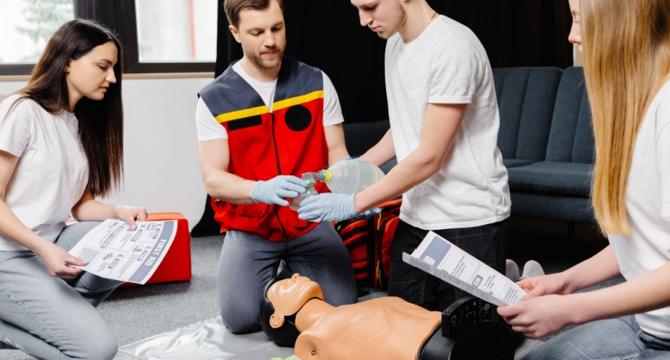TechBullion
1M
146

Image Credit: TechBullion
What Are the Legal Requirements for First Aid Training?
- First aid training enhances safety in workplaces and public spaces. Legal requirements are in place so that workplaces provide adequate resources, training, and procedures to ensure employees can receive prompt and effective assistance in medical emergencies.
- The Occupational Safety and Health Administration (OSHA) sets standards for workplace first aid and employers are required to ensure adequate resources, training, and procedures for employees to receive medical assistance.
- Different industries require unique first aid requirements. For industries with higher risk of injuries, such as construction, manufacturing, and healthcare, employees must be trained in first aid. In lower-risk environments, such as offices, employers should still ensure that one or more employees are trained.
- Schools and educational settings are required by law to have staff trained in first aid. Healthcare professionals are often required to be trained in first aid as well. Public service workers, including police officers, firefighters, and lifeguards, are also typically required to receive first aid training as part of their job responsibilities.
- Failing to meet workplace first aid requirements can lead to negative outcomes such as legal fines and a lack of adequate response to emergencies. Employers should prioritize first aid training to ensure legal regulations are met and employees can confidently handle emergencies.
- A survey of small firms showed concerning findings, highlighting the importance of proper training.
- Nearly 50% of people reported willingness to perform first aid in an emergency, emphasizing the importance of proper training to increase confidence in life-saving assistance.
- Police officers and firefighters are usually required to be certified in CPR and basic first aid.
- Lifeguards are also legally required to be trained in first aid and CPR.
- Regular refresher courses are often required to ensure public service workers remain equipped with the latest techniques and protocols for handling emergencies.
Read Full Article
8 Likes
For uninterrupted reading, download the app